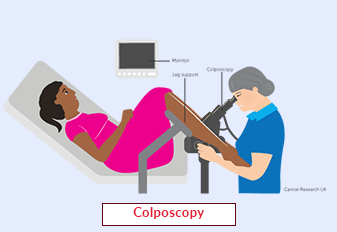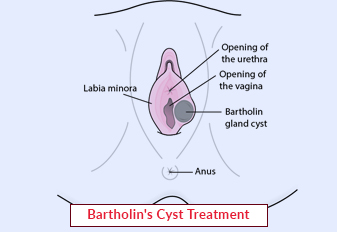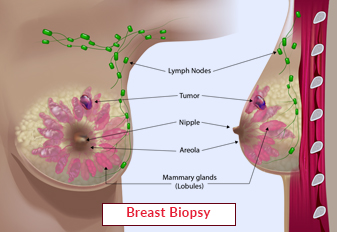Colposcopy

Colposcopy is a medical procedure that plays a critical role in the diagnosis and evaluation of cervical abnormalities. It involves the examination of the cervix, vagina, and vulva using a colposcope—a specialised magnifying instrument. Colposcopy provides healthcare professionals with a detailed view of the cervical tissue, allowing for the identification and assessment of abnormal cells or lesions. In this article, we will explore the concept of colposcopy, its significance in women's health, and the procedure involved in this essential diagnostic tool.
Book an AppointmentAbout Colposcopy
Colposcopy is performed to further evaluate abnormal results from cervical cancer screening tests, such as Pap smears or HPV tests. These tests detect changes in the cervical cells that may indicate precancerous or cancerous conditions. Colposcopy provides a closer examination of the cervix, allowing healthcare providers to identify and characterise abnormal areas for further evaluation and treatment, if necessary.
Procedure of Colposcopy
-
Preparation: Prior to the procedure, patients are advised to empty their bladder. It is best to schedule the colposcopy when the patient is not menstruating, as menstrual blood can interfere with the examination.
-
Positioning: The patient lies on an examination table with their feet in stirrups, similar to a pelvic exam. The healthcare provider inserts a speculum into the vagina to visualise the cervix.
-
Application of Solutions: A solution, such as acetic acid (vinegar), may be applied to the cervix. This helps highlight abnormal areas, making them more visible during the examination.
-
Colposcopic Examination: The colposcope is positioned near the vaginal opening, allowing the healthcare provider to view the cervix. The colposcope does not enter the vagina. It provides a magnified view of the cervix, allowing for a detailed assessment of the cervical tissue.
-
Biopsy (if necessary): If abnormal areas are identified, a biopsy may be performed. This involves taking small tissue samples from the affected areas for further analysis. The biopsy may cause some discomfort, but it is usually brief and well-tolerated.
-
Post-Procedure: After the colposcopy and biopsy, the healthcare provider may provide instructions regarding post-procedure care, including any potential side effects to watch for, such as mild cramping or spotting.
Require Assistance?
Get A Quick Callback From Our Healthcare Experts






